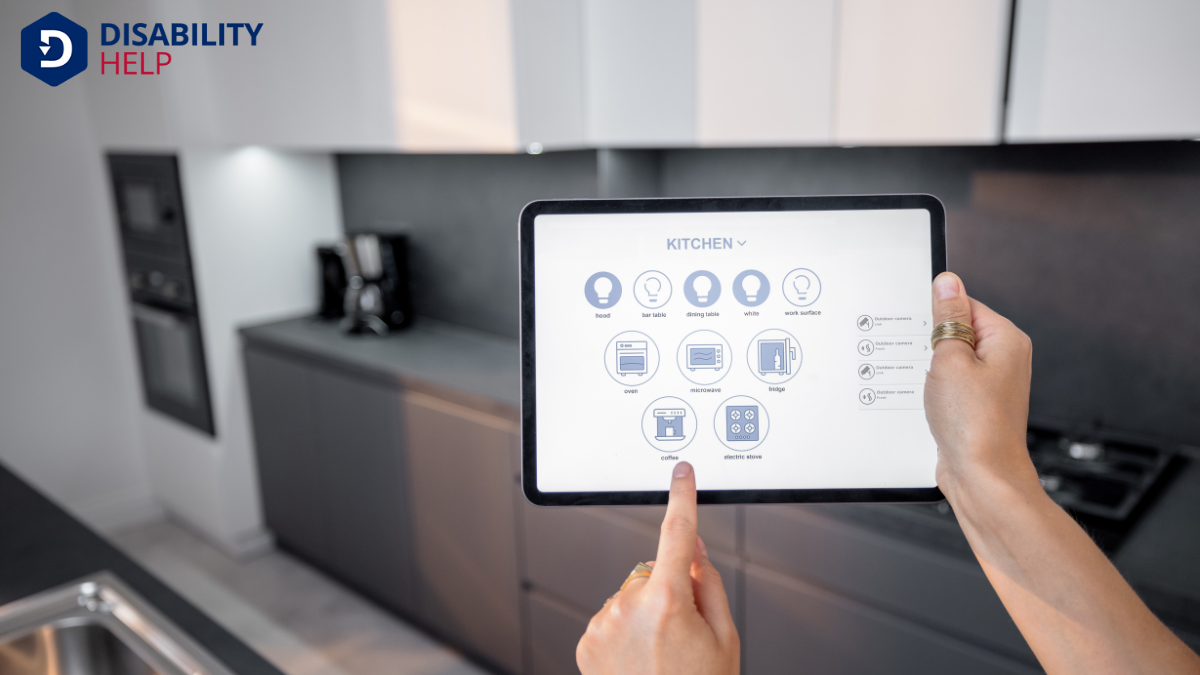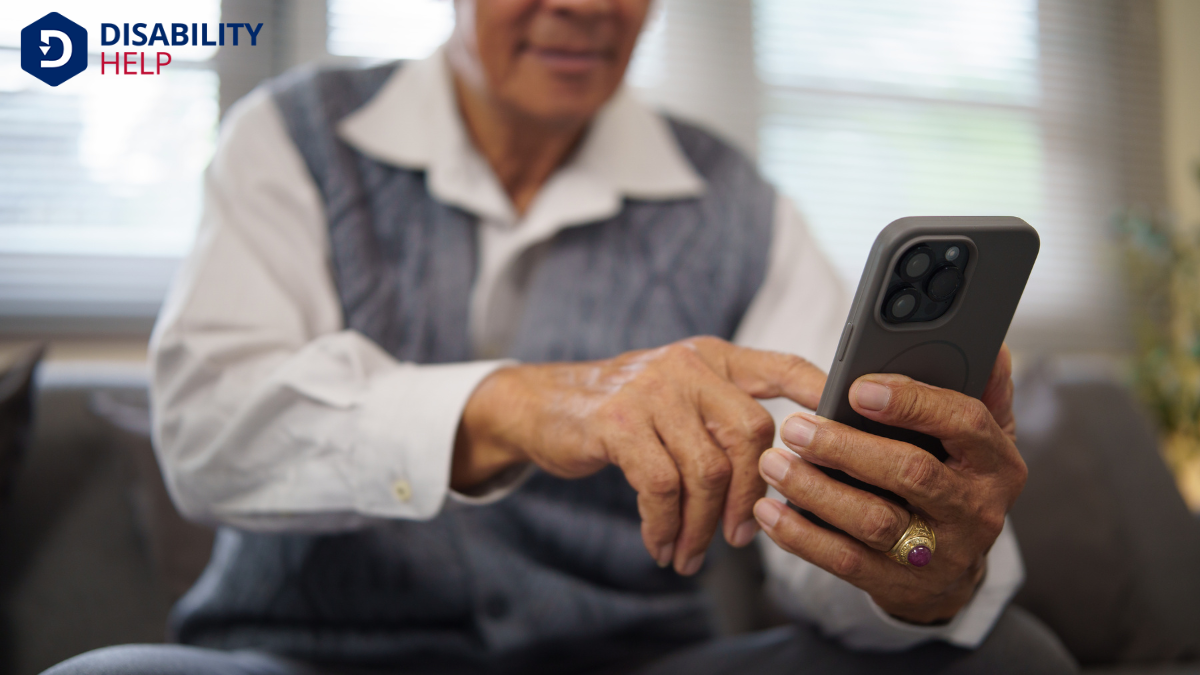Let's explore the world of assistive devices that can greatly improve the lives of seniors. From mobility aidsDevices designed to help individuals move around more easily, such as canes, walkers, or wheelchairs... like canes and walkers to vision and hearing tools, these devices offer a range of solutions for everyday challenges. They provide essential support, ensuring safety and independence. Have you ever wondered how personal safety systems and modern technology help seniors stay connected and secure? Let's uncover the possibilities that these innovative tools present.
Key Takeaways
- Mobility aids like canes, walkers, and wheelchairs provide support and enhance movement for seniors.
- Vision and hearing assistance tools include magnifiers, screen readers, and hearing aids.
- Devices for easier home navigation feature grab barsBars installed in bathrooms or other areas to provide support and prevent falls for those with mobil..., non-slip mats, and stairlifts.
- Personal safety systems offer medical alerts, fall detection, and GPS tracking for peace of mind.
- Technology for staying connected encompasses video calling solutions, user-friendly devices, and social media platforms.
Mobility Aids for Enhanced Movement
When it comes to maintaining independence and improving quality of life, mobility aids are essential for seniors. These tools help us move around safely and confidently in our daily lives. Canes, walkers, and wheelchairs support us when our legs need a little extra help. They prevent falls and reduce the risk of injury, allowing us to participate in activities we enjoy.
Let's consider how canes offer lightweight support, helping us balance on uneven surfaces.
Walkers provide more stability with their four points of contact, perfect for those needing extra assurance.
For longer distances or limited mobility, wheelchairs are invaluable. They enhance our freedom to explore without fatigue.
Devices for Easier Home Navigation

Beyond movement aids, ensuring safe and easy navigation at home is just as important for maintaining our independence.
Let’s explore some handy devices that can help us move confidently through our living spaces. Grab bars are versatile and can be installed in hallways, bathrooms, and staircases to provide extra support. Non-slip mats in the bathroom or kitchen prevent accidental falls.
For those of us with steps or stairs, stairlifts offer a practical solution, allowing easy access to different floors. Motion-sensor lights illuminate our path, ensuring we see obstacles clearly, especially at night.
Door handle grips make opening and closing doors smoother for hands that might struggle with traditional knobs. Investing in these tools enhances our comfort and safety, letting us navigate our homes with ease.
Vision and Hearing Assistance Tools
As we age, our vision and hearing may not be as sharp as they once were, but there are numerous tools available to support us.
For vision, we can explore magnifying glasses or digital magnifiers that enlarge text and images, making reading easier. Screen readers and text-to-speech software also help by converting written words into spoken language, ideal for reading emails or articles.
For hearing assistance, hearing aids have become highly advanced, offering customizable sound settings that fit our unique needs. Personal amplifiers can boost sound in specific situations like conversations or watching TV.
Additionally, TV listening devices allow us to enjoy shows without cranking up the volume. By using these tools, we can maintain our independence and stay connected to the world around us.
Personal Safety and Alert Systems
For seniors, staying safe at home and on the go is essential, and personal safety and alert systems play a key role in achieving this.
We can consider devices like medical alert systems, which provide immediate assistance at the push of a button. These systems connect us to emergency response centers, guaranteeing help is just moments away. Many offer features like fall detection, automatically contacting help if we can’t.
Mobile alert systems guarantee safety outside the home, providing peace of mind wherever we are. GPS tracking can be a lifesaver for those with memory challenges, helping loved ones locate us quickly.
Technology for Staying Connected

Let’s explore how technology helps us stay connected with loved ones.
Video calling solutions like Zoom and Skype bring family together, no matter the distance.
Social media platforms also keep us engaged and informed, making it easier than ever to share life’s moments.
Video Calling Solutions
How do we guarantee that our loved ones remain connected in an increasingly digital world? Video calling solutions offer a bridge to our seniors, guaranteeing they see and hear us, strengthening the bonds no matter the distance.
Devices like tablets and smartphones are user-friendly, providing apps such as Zoom, Skype, and FaceTime. These platforms make virtual face-to-face interactions possible with just a few taps.
To simplify access, we can configure devices in advance, setting up the necessary applications and teaching basic usage. Some video calling devices even come pre-installed with large buttons and simplified interfaces tailored for seniors.
Social Media Platforms
While video calls offer immediate interaction, social media platforms provide a different kind of connectivity for seniors. They allow us to share photos, updates, and interests at our own pace, creating a sense of community without needing to be online at the same time.
Facebook, Instagram, and Twitter can be great tools for staying informed and engaged with family and friends, even when distance separates us.
We can join groups that align with our hobbies, participate in discussions, and reconnect with old acquaintances. These platforms provide opportunities to learn new things, share experiences, and maintain connections.
Let's embrace these digital tools to enhance our social lives, ensuring we remain an integral part of our loved ones' daily lives.
Tools for Managing Daily Activities
Maneuvering daily activities can become challenging as we age, but the right tools can make a significant difference in maintaining independence and comfort.
Let’s explore some devices that can ease our daily routines. Grab bars and shower chairs provide stability in the bathroom, reducing the risk of falls. Reachers and grabbers help us pick up items without bending or stretching.
For kitchen tasks, adaptive utensils and jar openers enhance our ability to prepare meals safely. Dressing aids like button hooks and shoehorns simplify getting ready each day.
We can also benefit from smart home technology, such as voice-activated assistants that control lights and appliances.
Conclusion
In exploring the wide array of assistive devices available, we see how they can greatly improve seniors' daily lives. From mobility aids and home navigation tools to vision and hearing assistance, these devices empower us to maintain independence and safety. Personal safety systems and connectivity technology guarantee we stay secure and in touch with loved ones. By embracing these tools, we're not just enhancing mobility and safety—we're enriching our overall quality of life.






